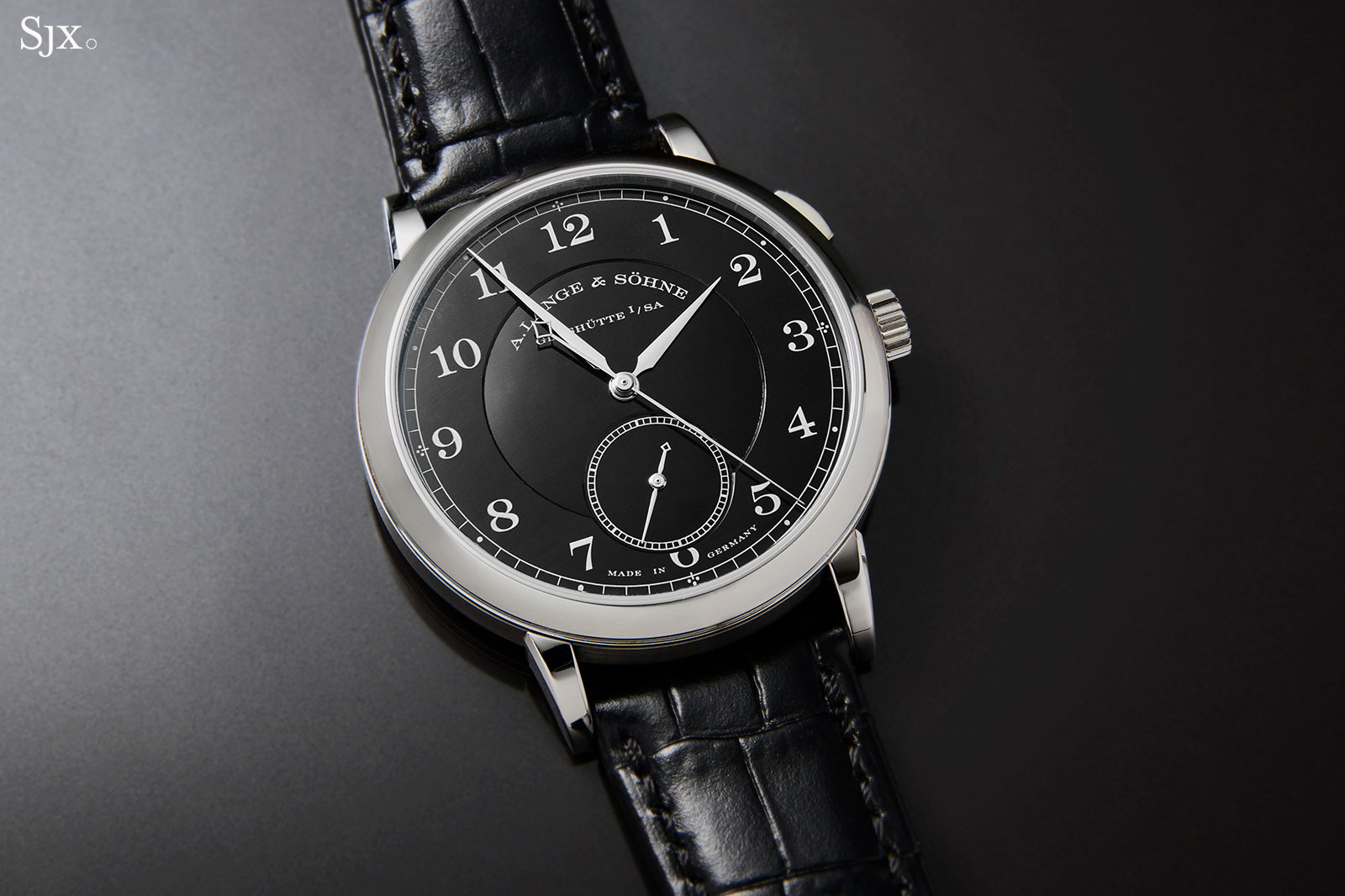A Detailed Look at the A. Lange & Söhne 1815 ‘Homage to Walter Lange’ in Steel
To remember a good man and to help a good cause.
Announced a year after Walter Lange passed away, the 1815 ‘Homage to Walter Lange’ is a limited edition in each of the three colours of gold – plus one unique piece in stainless steel that will be sold to benefit a children’s charity, a cause dear to the late Mr Lange’s heart. While A. Lange & Söhne has produced one-off watches for charities before, the 1815 ‘Homage to Walter Lange’ is the first for a good cause in a steel case.
In fact, it is one of the handful of steel wristwatches Lange has ever produced. And that, needless to say, is a big deal. The most expensive Lange wristwatch sold at auction to date is a Double Split in stainless steel, originally made for former chief executive Fabian Krone. It sold for just over US$500,000 at Christie’s in 2013.
Beyond the steel case, which at 40.5mm is the same size as its gold cousins, its other unique feature is the black enamel dial. While historically Lange relied on specialists like Donze Cadran for its enamel dials, the dial of the 1815 ‘Homage to Walter Lange’ is done in-house. In fact, it’s only the third model with an in-house enamel dial, after the Lange 1 Tourbillon Handwerkskunst (which was incidentally also black enamel), and the more recent 1815 Rattrapante Perpetual Calendar Handwerkskunst.
The dial is made of three parts, joined under the dial, with stark white markings. It’s a deep, glossy piano black and extremely striking.
The L1924 movement inside is identical to that in the limited edition 1815 ‘Homage to Walter Lange’, but nevertheless a beauty. Developed especially for this model, it contains an unusual mix of complications historically found in Lange pocket watches, and something Mr Lange had indicated he would have liked to see replicated in the modern day.
The subsidiary seconds at six is conventional, continuously sweeping and linked to the time-setting mechanism, operated via the crown. Then there is the central seconds hand, which is a jumping, or deadbeat, seconds, which can be started and stopped via the pusher at two o’clock. And that explains the unusual look of the movement.
Because it is essentially a simplified chronograph, the mechanism resembles one: the column wheel and associated levers adjacent to the crown operate the stop and start functions, controlled via the pusher at two o’clock.
Because the deadbeat seconds is indirect, its wheel train is mounted above the rest of the movement, just as it is in historical pocket watches (and also in the time-only Richard Lange). The elongated, elevated bridge in the centre of the three-quarter plate contains the deadbeats seconds going train.
The deadbeat seconds relies on a slim, elongated spring, known as a flirt, and a star-shaped wheel that’s sitting on the same axis as the escape wheel. It’s the same mechanism found in the Richard Lange Jumping Seconds.
A ratchet wheel with serrated teeth is connected to the gear train. Via a pair of jewelled, sprung pallets, it transfer power from the gear train to the click wheel, the large wheel with the curved wheel spokes, and thus to the deadbeats seconds mechanism. When the deadbeat seconds is stopped, the ratchet wheel continues to turn, while the pallets are stationary and slip on the teeth of the ratchet wheel, allowing the movement to continue to run.
Offered with no reserve and “estimate on request”, the unique 1815 (ref. 297.078) is lot 233 in The Geneva Watch Auction: Seven which takes place on May 12 and 13, 2018 at La Reserve in Geneva. Proceeds from the sale of this watch will go to Children Action, a Geneva-based charity that aids disadvantaged children and youth in a variety of ways, from education in Third World countries to teen suicide prevention in Switzerland.
The watch, along with other highlights from the auction, will be on show in New York from April 26 to 30. The full line-up of watches will be exhibited in Geneva at La Reserve from May 10 to 13.
Correction April 27, 2018: The purpose of the click wheel is for power transfer to the deadbeat seconds mechanism, and not for the mechanism itself as written earlier.
Back to top.